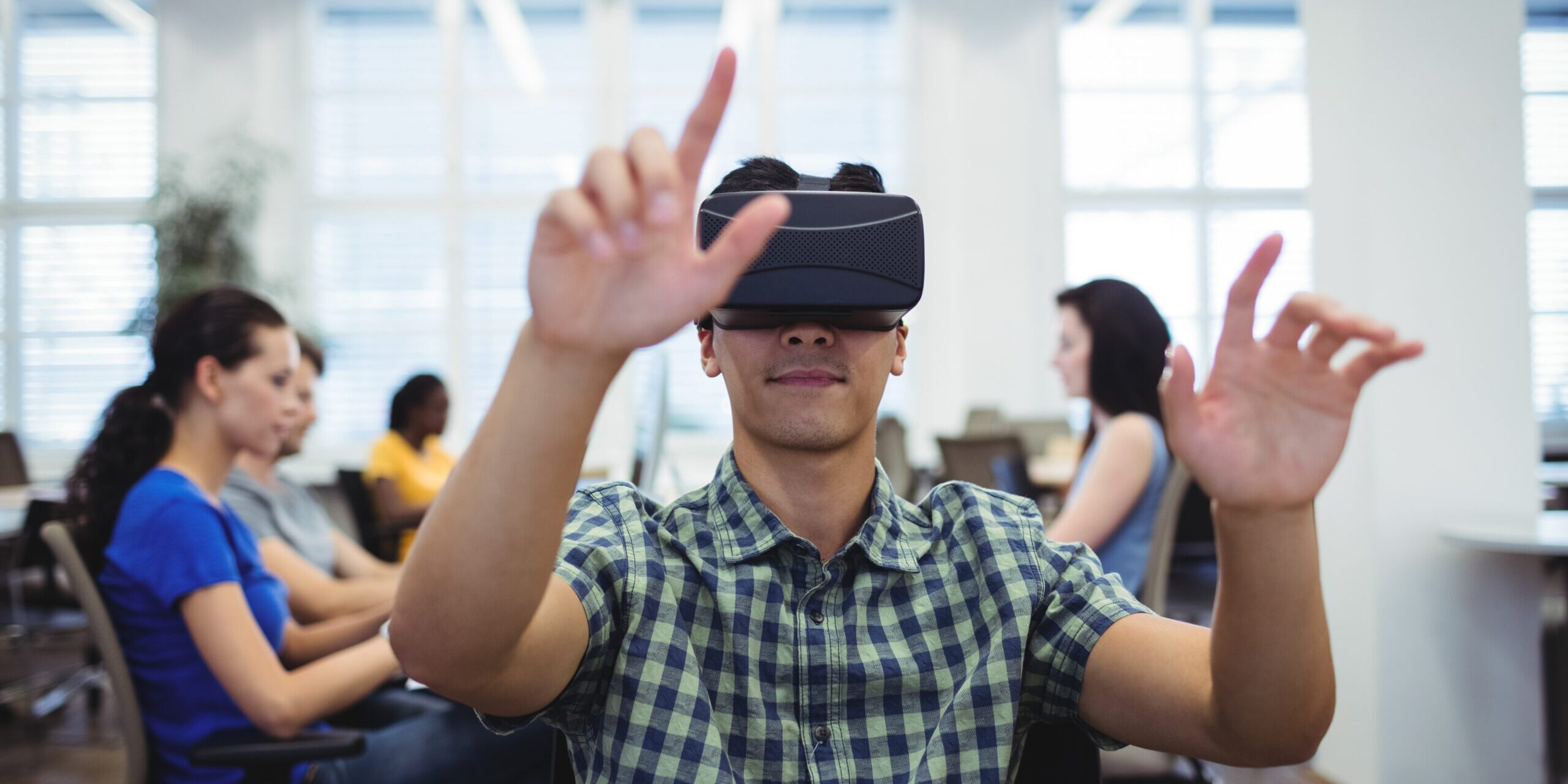Artificial Intelligence in Education: A Review
Introduction
As illustrated by Henry Ford in the analogy, innovation does not mean working that the society should work only with what has been the norm, such as finding ways of making horses faster. Sometimes, it is necessary to search beyond the norm, develop new ways of doing things. Instead of making horses faster, build the automobile, which will be faster than the horse and take a person from Point A to Point B faster. These principles and approaches have driven the rapid developments in technology experienced over the years, particularly in the education sector.
The year is 1950. Dr. Potter, a tenured professor at a local university shuffles to a class, a heavy load of papers under his arm. He has just marked all the papers, after reading and assessing the grammar and content of each of the papers handed in by the 40 students in his class. Going through some of the papers, Dr. Potter felt that the content in there had been plagiarized from other sources, but he had no sure way of ascertaining from where the student had copied the content materials. Fast forward, in 2019, Dr. Potter now walks into a class, barely carrying any papers, but having read, flagged incidents of plagiarism for disciplinary action, and graded papers for an even larger number of students. Sometimes, when he is off campus, he can dial-in or video conference into the class and can still perform his duties and responsibilities leveraging technology. The introduction, advancements, and proliferation of technology, more particularly, artificial intelligence, has made it easier for instructors to dispense their duties more effectively and efficiently. These technological innovations have also permeated other sectors of the academia, fostering effectiveness and efficiency.
Conclusion
AI in education initially took the form of computers and computer-related systems, and later, the form of web-based and online education platform. Embedded systems have made it possible to use robots, in the form of cobots or humanoid robots as teacher colleagues or independent instructors, as well as chatbots to perform teacher or instructor-like functions. The use of these platforms and tools have enabled or improved teacher effectiveness and efficiency, resulting in richer or improved instructional quality. Similarly, AI has provided students with improved learning experiences because AI has enabled the customization and personalization of learning materials to the needs and capabilities of students. Overall, AI has had a major impact on education, particularly, on administration, instruction, and learning areas of the education sector or within the context of individual learning institutions.
Copyright 2024 IEEE. All Rights Reserved.
Contact us via email for more information.


